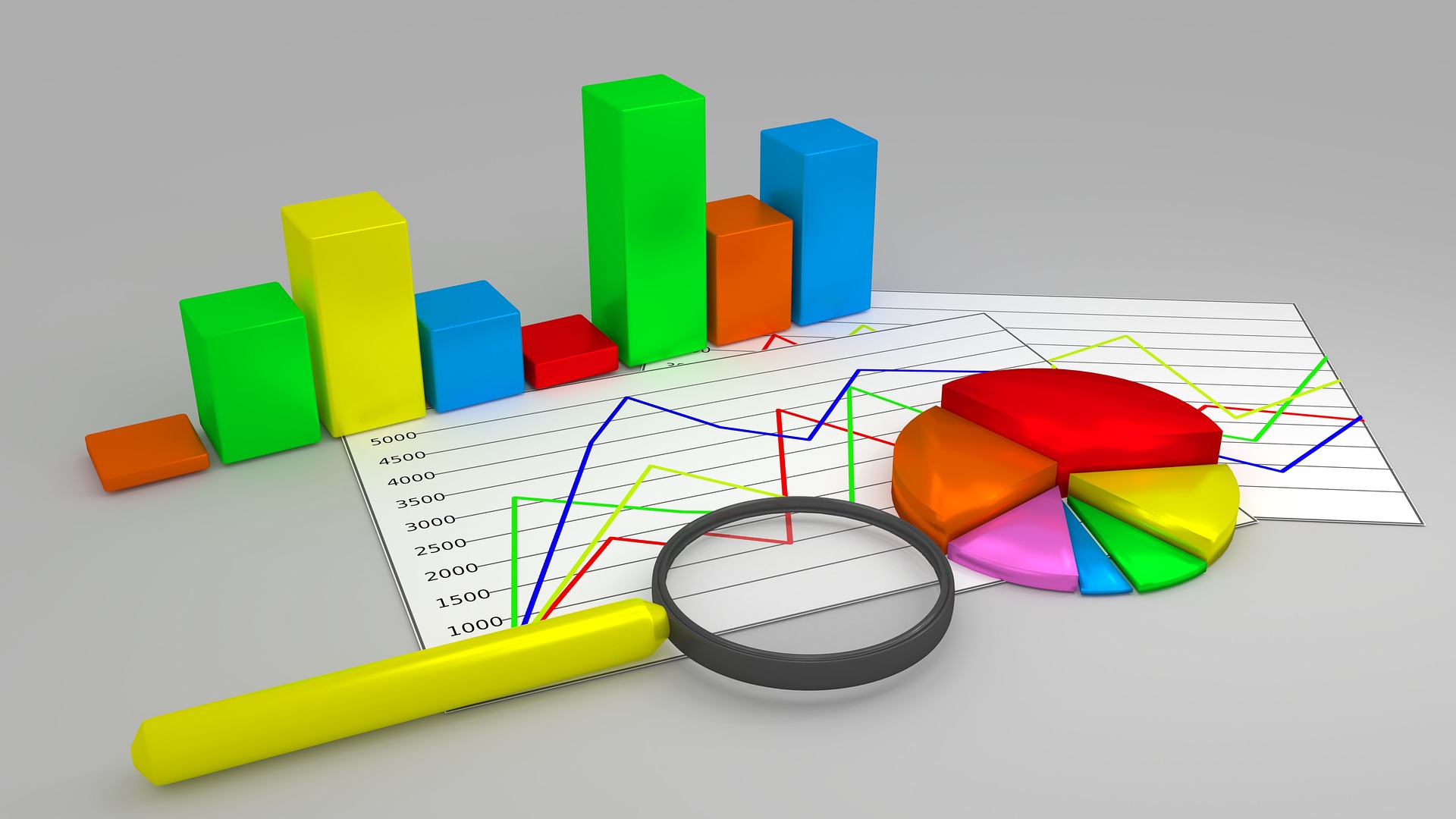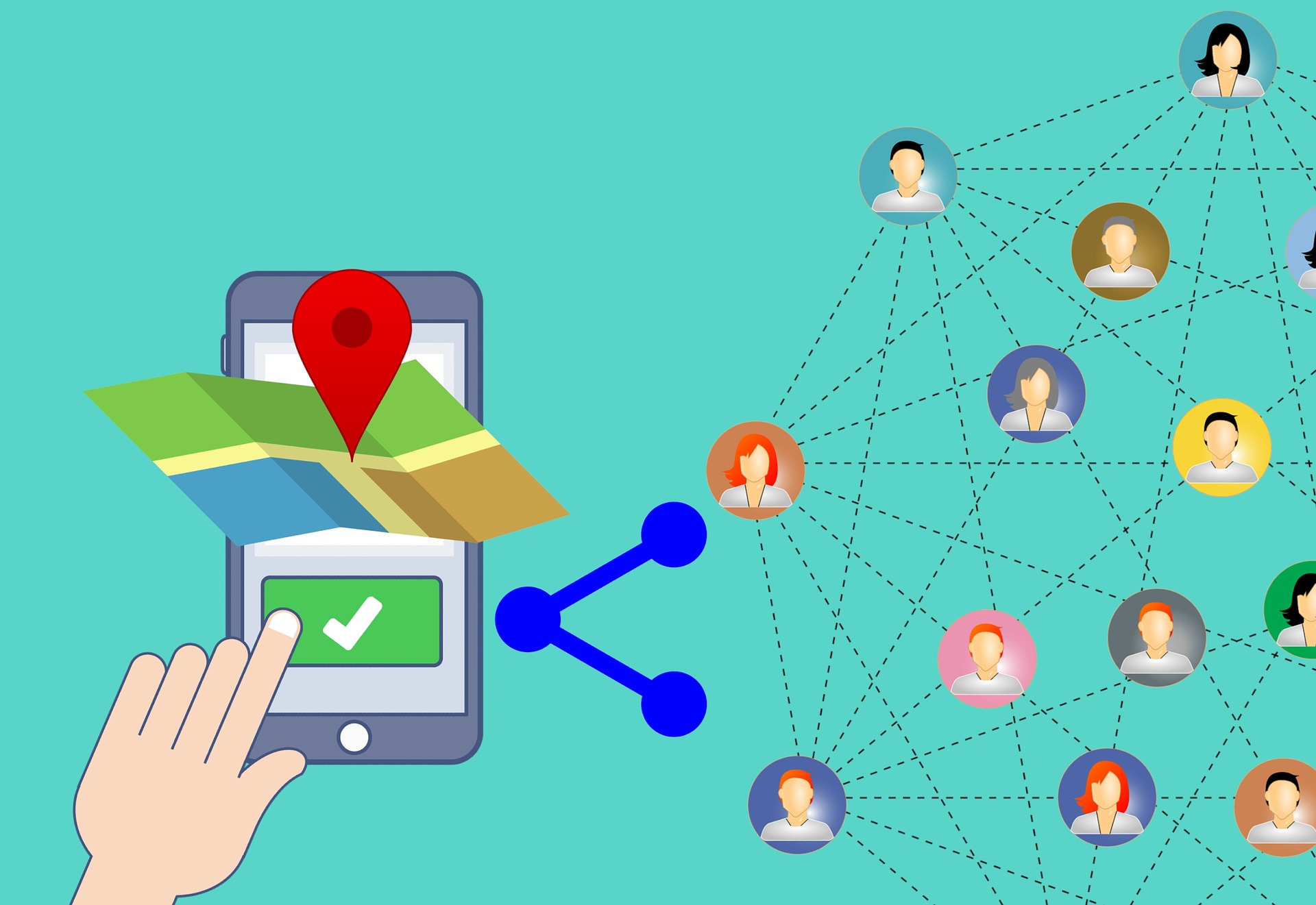
It seems like only a few days ago that we were just discovering what email was. Even though I was just an infant when email was popularized, I feel that I can relate to this hyperbole with how rapidly the technological world has been developing. Nowadays, social media and its many different forms have a huge influence on our global market. A recent report shows that social media usage is only continuing to rise, with 59% of the world now being active social media users (at least one platform) compared to 63.1% being active internet users.
In order to compete in this connected world, businesses and organizations are making increasing efforts to utilize social media for their growth. But how does a business use social media for marketing purposes, and can a business actually grow via social media presence? That’s the core of social media analytics.
What Is Social Media Analytics?
According to IBM, the area of social media analytics is the “ability to gather and find meaning” in data collected from various social platforms to support business decisions. It is thought of as the art and science of “measuring the performance of actions” through social media. In other words, with social media analytics you are looking to extract and analyze various quantitative and qualitative data from social media to help understand which business strategies are effective (and whether they are even effective in the first place).
Why Use Social Media Analytics?
From a traditional marketing perspective, businesses want to be able to measure the impact that their presence—and the behaviors and actions that follow—have on their audience, and then find new ways to “convert” people into customers. On social media, this is no different; businesses want to engage with prospective, new and returning customers using these increasingly popular platforms that are available at people’s fingertips. Without properly gathering and interpreting the vast amount of available data on how a social platform’s audience interacts with your business’s presence, it would be very difficult to infer whether your strategies are creating any value.
A business would use social media platforms for a wide variety of reasons. According to Creating Value with Social Media Analytics by Gohar F. Khan, these reasons may include:
- Connecting and engaging with current customers
- Finding business leads (prospective customers)
- Receiving feedback on products or services
- Tracking the impact of products, services, or campaigns
- Measuring brand loyalty
- Researching and forecasting markets
Tracking and analyzing the metrics of any of these could be the difference between an informed decision and a grave mistake. But knowing exactly what to track in ways that align with your goals can get tricky.
What Kind of Data Should My Business Track?
To help break down potential “nodes” to track, social media analytics can be divided into eight layers. According to Khan, they are:
- 1. Networks: Interpreting social networks and influential people and organizations on them.
- 2. Text: Insights from text elements such as comments, tweets, blog posts, Facebook statuses, and Instagram captions.
- 3. Actions: This varies depending on the platform, but they may include likes, dislikes, retweets, upvotes, shares, and mentions.
- 4. Search Engines: Interpreting historical search data such as trends, keywords, search results, and advertising spending.
- 5. Location: Mining and mapping locations of users, content, and data
- 6. Hyperlinks: Analyzing sources of incoming or outgoing web traffic to and from web pages.
- 7. Mobile: Measuring engagement with mobile applications.
- 8. Multimedia: Extracting value from media elements such as video, images, audio, and animations.
To get a better idea of how social media analytics and its eight layers are used in action, we will be looking at data extracted from a few posts from an organization on particular social networks.
Analyzing an Organization’s Social Posts
For this exercise, I decided to dissect a few posts from an organization called GoNorth, which is dedicated to spreading awareness of, and driving tourism and business traffic to, a region called the North Country, which consists of Northern New Hampshire and Northeastern Vermont (parts of Coos and Essex counties). Because I manage the website (I don’t create the social posts, however), I have access to the Meta Business Suite for deeper insights on GoNorth’s Facebook and Instagram pages. That being said, by looking at just the surface of GoNorth’s Instagram page mygonorth, we can already see and interpret some data.
To grab the audience’s attention, many posts are dedicated to showing compelling photography along with friendly captions. Because there are no hyperlinks on Instagram, most post captions also contain a call to action along with “link in bio” to encourage people to visit the website.
This post here got the second most engagements in the month of August, with 386 likes and 1 comment. Most posts on mygonorth have no comments, and the one here is a positive reaction. Therefore, we can already see how this post left good impressions on the audience.
As mentioned, I have access to the Meta Business Suites for even deeper insights that are not shown on the surface. Highlighted in red, we can see that this post received a high amount of traffic, reaching almost 13,000 users and 3 of them (a relatively high number) saving the post. We also see that it was published on August 19 (a Friday) at 10:06 AM.
Based on this data, one might make these inferences:
- Making posts that capitalize on fall nostalgia is a successful strategy.
- The hashtags used made the post noticeable.
- Posting on a Friday morning was a good time to engage.
Furthermore, the most popular Instagram post in August by far was an ad for the annual Moose Festival, which was posted on Monday August 1 at 4:11 PM. It reached a whopping 45,000 users and got 2,129 likes, 12 shares (not shown here but shown by clicking on the post for some reason), 1 positive comment, and 23 saves.
In this case, understanding more context matters. The Moose Festival is a highly rated annual event, and although this isn’t the first ad for the event, it is one that closely approaches the event date. Also, the stunning photography of a moose grabs users’ attention.

On Facebook, two posts with the same content were made; the difference is where they were posted. The content is an ad for openings at a lodge, consisting of text details as well as beautiful photos. One of them is a regular post on the GoNorth page, while the other is a post to a private group called The White Mountains And State Parks Of New Hampshire. The latter received higher engagements. Explanations for this could be that the private group reaches more people (19.3k versus 5.4k on the GoNorth page) and that the people in the group are more willing to interact with the content (otherwise they wouldn’t be in the group).
Conclusion
Regardless of my access to Meta Business insights for this organization, I was able to find and interpret a wide variety of data and see what kinda of content has been successful on GoNorth’s social pages. But with extraction tools like Meta Business, I was able to see and learn about even more metrics that would be highly valuable for business strategy, such as reach, time posted, and total engagement. With more advanced analytics tools such as Google Analytics, I am curious as to how many more advanced metrics and dimensions can be found and interpreted for successful business strategy and campaigns.













